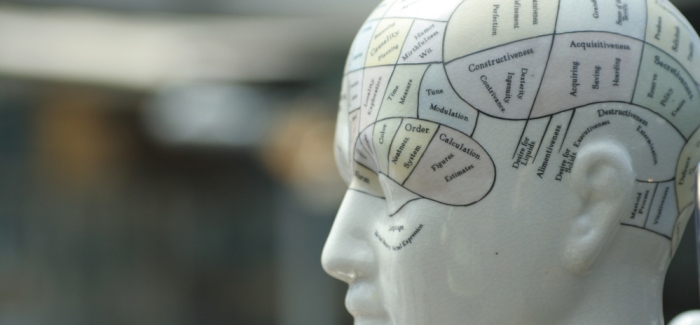Have you ever tried on one of those weird-looking virtual reality headsets and wondered where humanity is heading? Yes, for some reason it looks like the reality itself as we know it is no longer enough and we’re encouraged to explore virtual reality.
Just so we’re all on the same page, virtual reality or VR is, according to the Virtual Reality Society, the term used to describe a three-dimensional, computer generated environment (this environment appears life-sized to the person) which can be explored and interacted with by a person, that is, they’re able to manipulate objects or perform a series of actions. Headsets, omni-directional treadmills and special gloves are usually used to stimulate their senses.
So, want to experience what is feels like to be the Norwegian Forest Cat running freely through the woods and minding her own business? Then VR can bring you one step closer to fulfilling your wish. Unsurprisingly, the entertainment industry has already embraced this technology innovation with open arms. But can workplaces across the globe benefit in some ways as well? Let’s take a closer look.
Employees will have more empathy
A very important benefit we can derive from VR is that thanks to it we can become more empathetic; as much as we advance technologically, we still fall behind when it comes to emphasizing with other live creatures.
So, for example, if you’re a customer care representative but feel like you have a long way to go before you can say you can empathize with angry customers, you could take advantage of VR experiences which simulate the daily life of customers.
Working remotely won’t feel so remote
“Remote work” is already a popular household name in the world of work, but rapid advancements in the field of VR can make it even easier for employees to connect with one another digitally. Think Facebook virtual reality chatrooms, just for business purposes.
Young doctors can practice new skills in a safe environment
Now imagine you’re a trainee surgeon in need of some real hands-on experience with a scalpel. Certainly fewer things could go wrong if you could interact with your patient within a 3D environment only, right? HumanSim is a system which enables doctors, nurses and other medical personnel to interact with others in an immersive 3D training environment. And this is only the tip of the iceberg of how healthcare can benefit from VR.
Virtual prototyping will accelerate production
Thanks to virtual prototyping, car designers, for example, can skip the work with full-scale clay models and view a life-size version of any design with a VR headset instead.
This means more products developed in the same amount of time and less work for the designers and that unused clay can be utilized for something else, of course.
You can 'try out' a new job before accepting/declining the job offer
Another way VR can truly make a difference in the world of work is by attracting top talent. How? By allowing the prospective hires to get a taste of what it would be like if they said yes to a job offer. This VR talent acquisition tool can sift through candidates by testing both their attitude and aptitude; this should prevent companies from hiring unsuitable candidates with false expectations and those candidates who are simply not skilled enough.
Want more content like this? Register for free site membership to get regular updates and your own personal content feed.
Katarina Matiasovska writes for Inspiring Interns, which specializes in sourcing candidates for internships and graduate jobs.









